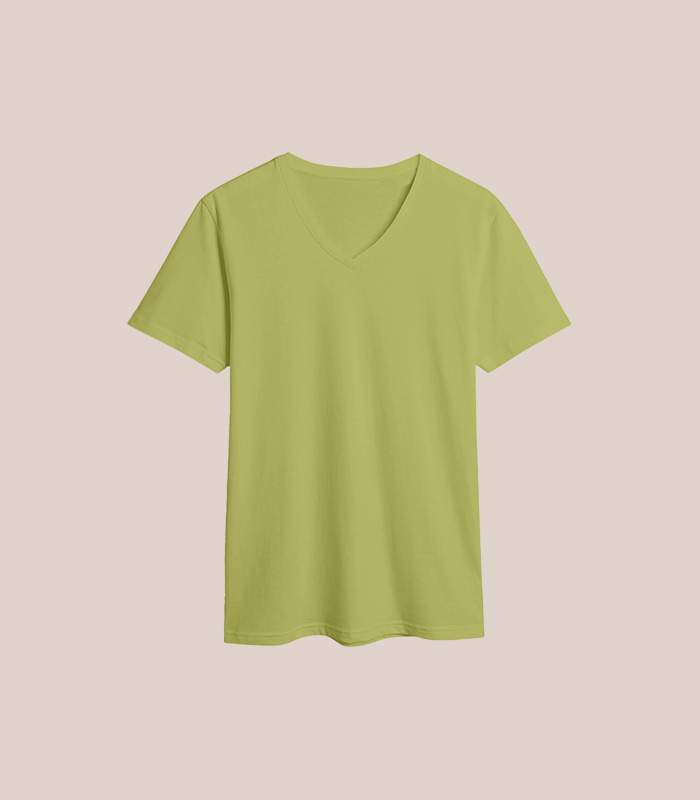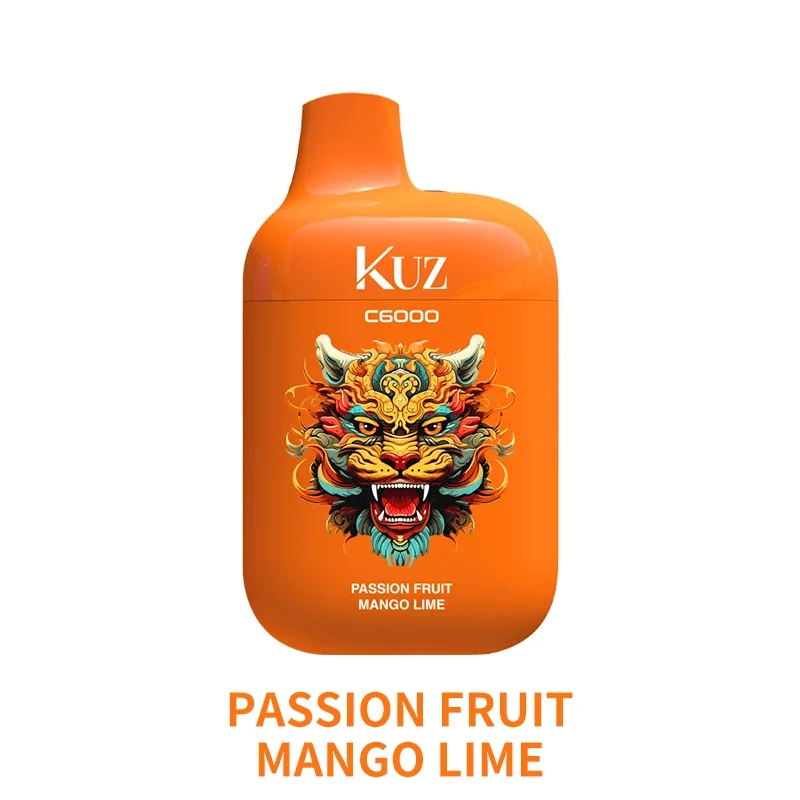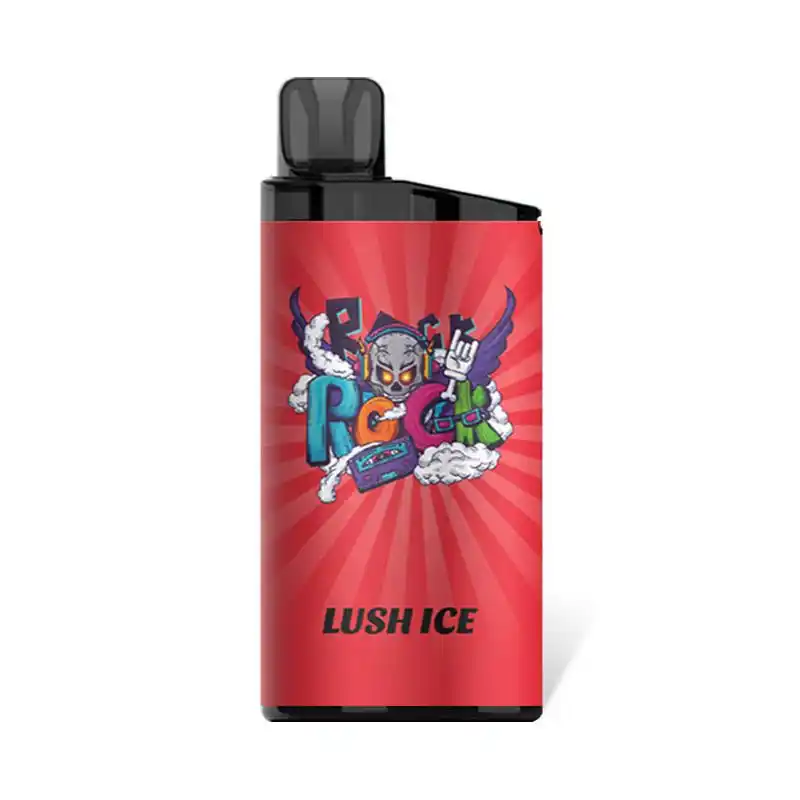Blog
Article Overview
- All nicotine-containing bar vapes require a prescription in Australia as of 2025
- Popular Australian bar vape brands start from $25 AUD for basic models
- Disposable bar vapes must comply with TGA regulations for legal sale
- Non-nicotine bar vapes remain freely available at Australian vape shops
- New heat-not-burn technology is emerging in premium Australian bar vapes
Introduction & Definition
Bar vapes, also known as disposable vapes, have surged in popularity across Australia in 2025. These compact, pre-filled devices offer a hassle-free vaping experience—no charging or refilling required. Designed for convenience, they cater to both beginners and seasoned vapers looking for a portable solution.
In Australia, bar vapes must comply with strict regulations under the Therapeutic Goods Administration (TGA). As of 2025, nicotine-containing vapes are only legally available with a prescription, while nicotine-free options are sold in select retail stores and approved chemistsAlibarbarDFO Vapes
Pricing varies across cities, with Melbourne and Sydney seeing higher demand. On average, disposable bar vapes cost between $25 and $45 AUD, depending on brand and flavor. Their sleek design and ease of use make them ideal for urban commuters—especially in cities like Brisbane and Perth, where vaping culture thrives.
Market Comparison & Analysis
The Australian bar vape market reached $320 million AUD in 2025, with disposable devices accounting for 62% of total vape sales. Sydney leads in consumption, followed by Melbourne, where specialty vape shops have increased by 27% since 2023.

Key trends include:
- Price Sensitivity: Budget-friendly options like Big Vapes Australia
- Regulatory Impact: Fines for illegal sales have risen to $16,500 AUD per violation, pushing consumers toward licensed retailers.
- Flavor Preferences: Menthol and berry flavors dominate in Perth, while classic tobacco remains popular in Adelaide.
Notably, online sales40% year-over-year, with discreet shipping options driving demand among younger adults.
User Experience & Case Studies
Australian users praise bar vapes for their convenience. Take Sarah from Melbourne, who switched to DFO Vapes“I no longer worry about leaks during flights—it’s perfect for my Sydney-Melbourne commutes.”

However, challenges persist. James in Perth noted: “Finding nicotine vapes legally is tough. I rely on my prescription, but local stock is inconsistent.” This echoes broader supply issues in Western Australia, where only 1 in 3 chemists stock regulated products.
Positive experiences often highlight:
- Portability: Ideal for busy professionals in cities like Sydney.
- Flavor Variety: Over 50+ options available nationally.
- Ease of Use: No maintenance compared to refillable devices.
Purchase Guide & Recommendations
Buying bar vapes in Australia requires awareness of local laws. Always:
- Check for Compliance: Look for TGA-approved sellers like certified online stores
- Compare Prices: Sydney retailers charge 10–15% more than Brisbane for the same brands.
- Verify Ingredients: Avoid unregulated THC products—stick to licensed nicotine or nicotine-free options.

Top 2025 Picks:
For prescriptions, consult your GP or a participating chemist
❓ Frequently Asked Questions
1. How much do bar vapes cost in Australia?
In 2025, disposable bar vapes typically range from $15 to $35 AUD depending on brand and puff count. Refillable pod systems start around $50 AUD for basic models, going up to $150 AUD for premium devices.
2. Are bar vapes legal in Australia?
Yes, but with restrictions. Since October 2024, Australia requires prescriptions for nicotine vaping products. Non-nicotine vapes remain available over-the-counter, but all vaping products must comply with TGA regulations.
3. How do bar vapes compare to cigarettes in Australia?
While considered less harmful than smoking, bar vapes still carry health risks. The Australian government maintains that vaping should only be used as a smoking cessation tool under medical supervision.
4. Where can I buy bar vapes in Australia?
Nicotine vapes require a prescription and can be purchased at pharmacies. Non-nicotine vapes are available at specialty vape stores and some convenience stores, though laws vary by state.
5. How long does a typical bar vape last?
Most disposable bar vapes contain 600-800 puffs, equivalent to about 20-30 cigarettes. This typically lasts moderate users 3-5 days, depending on usage patterns.
6. Are there any safety concerns with bar vapes?
The TGA warns against using unregulated products. Only purchase from reputable Australian suppliers, avoid modifying devices, and never leave charging batteries unattended.
How To Use Your Bar Vape Safely
Step 1: Purchase from Licensed Retailers
Only buy from Australian stores that comply with TGA regulations. Check for proper labeling and safety certifications.
Step 2: Charge Properly
Use only the provided charger and don’t leave devices charging overnight. Most bar vapes take 30-60 minutes to fully charge.
Step 3: Inhale Correctly
Take slow, gentle puffs directly to your lungs. Unlike cigarettes, you don’t need to “drag” hard on most bar vapes.
Step 4: Store Safely
Keep away from extreme heat and direct sunlight. Store upright to prevent leaks, especially in Australia’s warmer climates.
Step 5: Dispose Responsibly
Use designated e-waste recycling points as bar vapes contain lithium batteries. Never throw in regular household bins.
About the Author
Dr. Sarah Chen, is a Sydney-based harm reduction specialist with over 10 years’ experience in tobacco control. As the former head of research at the Australian Tobacco Harm Reduction Association, she has contributed to multiple government advisory panels on vaping regulations. Dr. Chen currently serves as senior lecturer at the University of New South Wales’ School of Public Health.

